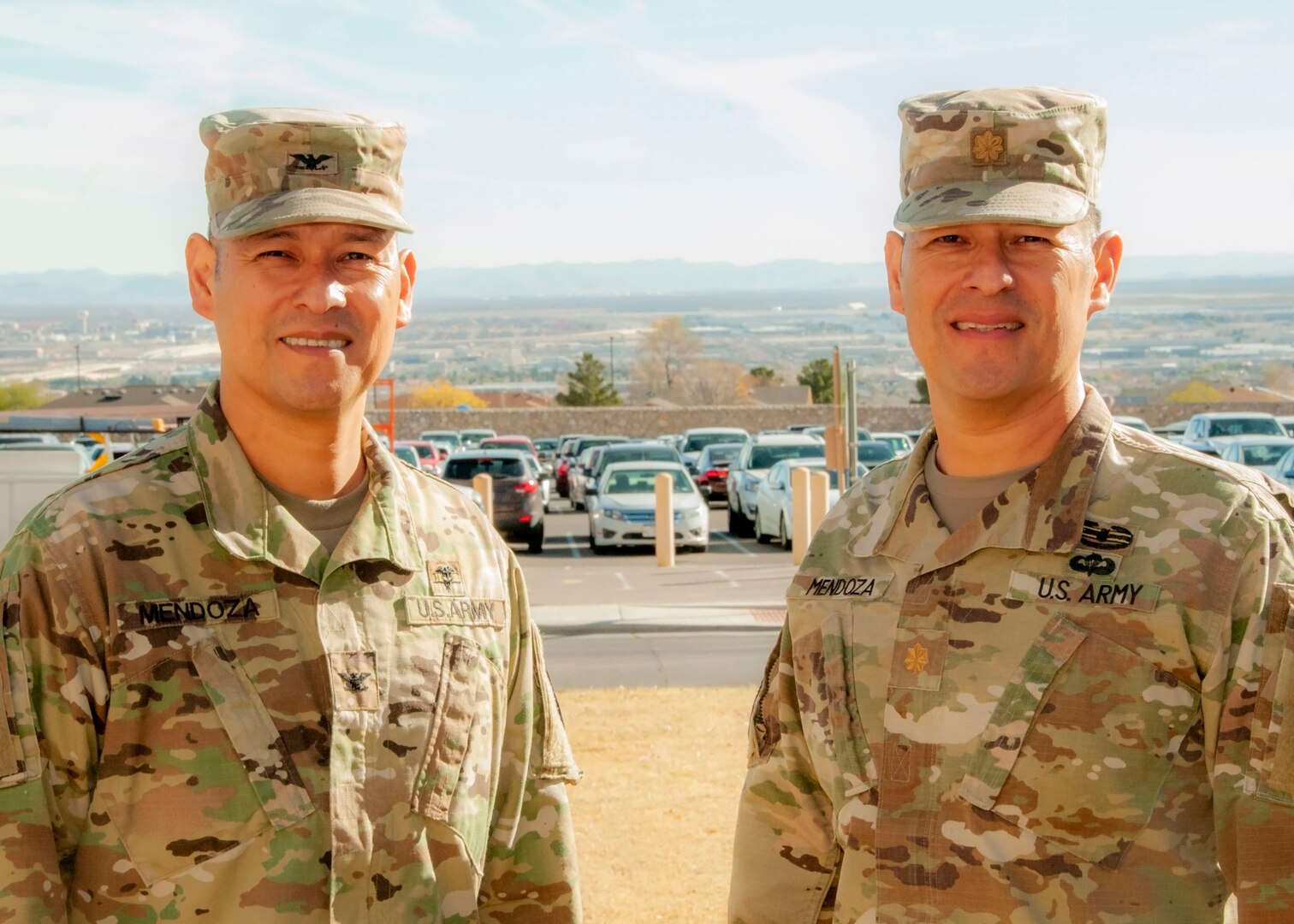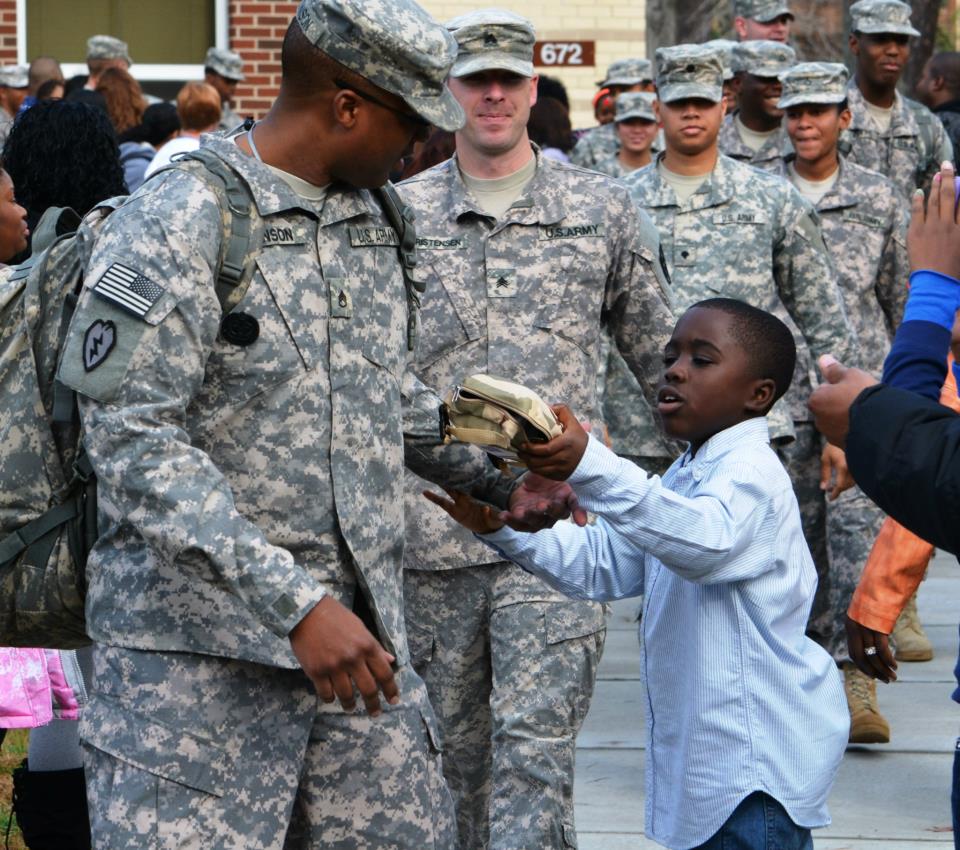Human Resources Military - According to Col. Greg Johnson, Office of the Deputy Chief of Staff for Human Resources, July 25, 2019
"No plan can survive on the enemy." This battlefield strategy was passed down through the years, having been introduced by Prussian military strategist Helmuth von Moltke in 1880. I have experienced the truth of this axiom on multiple occasions while deployed to Iraq and Afghanistan and also as a senior role overseeing the development of the next generation of people and talent management systems. Not only have I watched the best plans disrupted by changing realities, I have seen firsthand the power of aggressive and agile teams to solve challenges and deliver skills that would revolutionize human resources around the world.
Human Resources Military
/cloudfront-us-east-1.images.arcpublishing.com/gray/OF4XED66V5CQVDCLRPWDMWWTTI.jpg)
Integrated Personnel and Pay System - (IPPS-A) integrates all 1 million soldiers in one system for the first time. IPPS-A provides increased visibility, talent management capabilities, and auditability for all three components (active duty, reserve, and National Guard). The system provides visibility and access to soldier records and personnel actions like never before. It provides self-service tools for any number of soldiers, commanders, and personnel professionals, and enables mobile capabilities.
Human Resources Specialist Military Salary (actual 2023
IPPS-A grew out of earlier DOD efforts to modernize military human resources. In realizing the unique workforce and talent management requirements, establishing standardization and reduction of more than 200 personnel and payment systems used in the National Guard, Reserve and active components for routine transactional processes. As mandated by Total Force Policy, IPPS-A standardizes business practices, provides authoritative data for military personnel, and facilitates continuity of service across all three components.
Since its inception, IPPS-A has made significant strides in building a system that will usher in a new era of people and talent management. Stakeholder engagement is essential to this effort. Over the past two years, we have held more than 400 interviews with stakeholders across the force, as well as key influencers in the Department of Defense and Congress. These engagements include system technical reviews, software demonstrations, deployment briefings, functional workgroups, and other events. We collected and applied feedback from stakeholders who will use IPPS-A as part of their day-to-day activities, leveraging the unique insights of the entire armed forces and civilian population at all levels.
IPPS-A is now deployed throughout the National Guard. In January 2019, IPPS-A was delivered to the Pennsylvania National Guard and conducted limited user testing of the system. The Pennsylvania Army National Guard integrated IPPS-A into day-to-day personnel operations and quickly implemented the system. The test was successful. Now we are preparing the next few states - including Virginia, Maryland and the District of Columbia - to receive the system. We anticipate full deployment of IPPS-A throughout the National Guard in early 2020.
At every step of this process, we have partnered with the National Guard to help be the first component in building the system. We are developing relationships with all 54 state and territory National Guard units, as well as stakeholders from the National Guard Bureau, to receive feedback and inform the IPPS-A Release 2 creation process. Beginning in August 2018, we have been working with our Pennsylvania National Guard partners to conduct three critical events that will ultimately pave the way for IPPS-A deployments in the Commonwealth.
Oklahoma Governor Activates 175 Service Members From Oklahoma Army And Air National Guard > 137th Special Operations Wing > Article Display
During these events—risk mitigation events, system acceptance testing, and limited user testing—we leveraged the deep expertise of the Pennsylvania National Guard to improve our systems and meet the needs of our customers. The Pennsylvania National Guard impacts system functionality—from the way Soldiers make personnel action requests to personnel analysis, such as: B. Personnel authorization reports used by commanders. We also work closely with the National Guard to ensure interfaces with existing official data sources, such as B. the organization server - data interface and the reserve component - Guard Workforce System, IPPS-A provide accurate and correct data. Data Truth is an incremental step toward greater talent management efforts and full force visibility. It affects how decisions are made, and the consequences of those decisions have a downstream impact on the soldiers we support. Payment is linked to personnel transactions in IPPS-A, so the data must be correct.
As of Summer 2018, IPPS-A is on track to be deployed with the Pennsylvania National Guard by the end of the year. This effort begins with a risk mitigation event to test IPPS-A's end-to-end business processes and ensure the system can implement the functionality of the department's standard installation and personnel reporting system, the National Guard's primary personnel database. . These events allow us to ensure that output is accurate and meets National Guard requirements, and provide a pre-check for normal testing procedures. The risk mitigation event is followed by a system acceptance test, a key milestone that allows for a more comprehensive test of the system's ability to complete business processes.
As we continue the development process, we will learn how to streamline communication between IPPS-A's internal team (including developers) and external stakeholders, and how to work together as one cross-functional, agile team. I believe that is the secret of our success. Our team realized that by nesting with our National Guard partners and systems integrator developers, we could accelerate the decision-making cycle to improve systems and make critical improvements to make them more efficient. This enhances our collective ability to address key data and coding issues with robust results that ensure IPPS-A is delivered on time and built correctly to meet the needs of the National Guard.
Coming to the system acceptance testing, we have formed four collaborative teams tasked with accelerating approvals in the field and creating a more agile environment that resolves issues in real-time. Each team played a critical role in guiding us through the System Acceptance Test (SAT). These functions are as follows:
Human Resources Specialist Military Job Description
SAT Lab: This team allows participants to work on structured user scenarios. Through the SAT Lab, the IPPS-A-Team received direct feedback from the participants on what worked, what didn't work and what needed improvement. The participants looked at IPPS-A from an end-to-end perspective and asked the crucial question: "Can the system survive these scenarios?"
Dual Entry Cell: The Pennsylvania National Guard leads this vital team tasked with reprocessing activities conducted during risk mitigation events. Dual Entry Cell enables more robust testing of IPPS-A business processes for identity issues.
Policy, Process, and Procedure Cell (P3): Led by the National Guard Bureau, participants in the P3 cell looked at what was coming out of the SAT lab and dual-entry cell and asked, “What policies or Do we need to change National Guard procedures based on this new system?" When errors do occur, P3 cell members work with IPPS-A program staff to determine what the errors are and how to fix them.
Tactical Operations Center: This team manages all activities of the SAT Lab, the Dual Entry Cell and the P3 Cell and facilitates coordination between the units.
Human Resources Specialist (mos 42a) Job Description: Salary, Skills, & More
Because of our agile structure, these four cells allow us to solve problems quickly and develop solution strategies with the help of our National Guard. We bring in developers to work with data owners and end users to fix bugs and improve systems. This is a first: never in our history have we delivered new devices while improving them based on stakeholder feedback.
The Pennsylvania and Virginia National Guards are the first states to integrate IPPS-A into their day-to-day personnel operations, and we've had feedback that the system is making a difference. IPPS-A provides increased visibility and accessibility, allowing Soldiers to operate on the go and perform routine tasks that previously required an in-person visit to a G-1 or S-1 store. Soldiers can now request record updates, monitor the status of personnel actions, and submit requests for assistance from the palm of their hand. Self-service transactions are automated, paperless, and traceable from inception to approval.
Additionally, IPPS-A's mobile capabilities allow commanders and personnel professionals to review and approve transactions without being tied to a desk or workstation. Commanders can now view formation analysis and soldier skills directly in the system, a level of access not available in older environments. "With IPPS-A I can track the soldiers who have their certificates," said Capt. Isaac Rivera of the Virginia National Guard. "As the commander of a maintenance company, I'm very pleased."
IPPS-A is a human resource transformation that will pay off tremendously for the entire force in the years to come. IPPS-A increases transparency by introducing redesigned modern functions and offering real-time availability and self-service functions
Human Resource Assistant Resume Samples
Military drone range, laser range finder military, military range bags, military range targets, long range military radio, military radio range, military range finder, military long range binoculars, range rover military discount, military range rover, range of military drones, military range bag


0 Comments